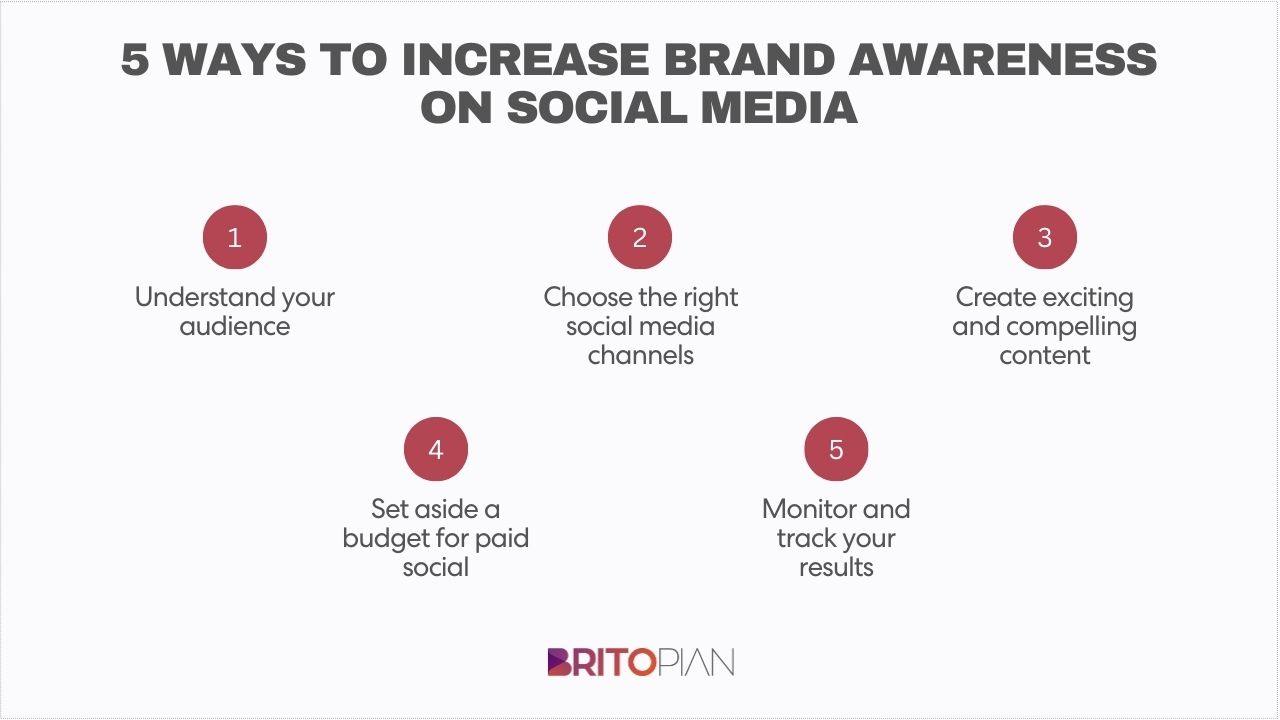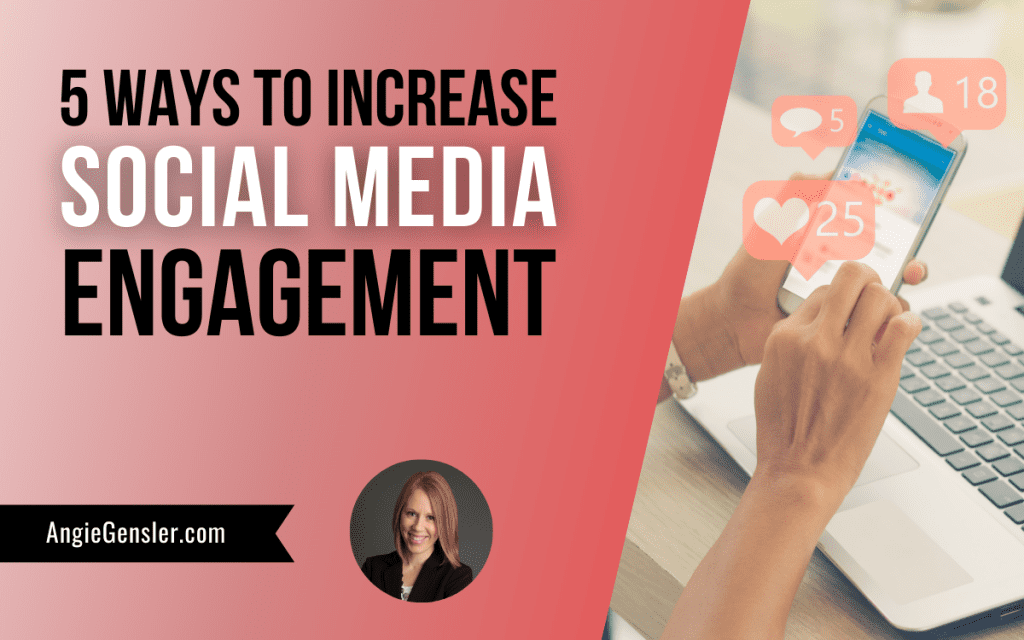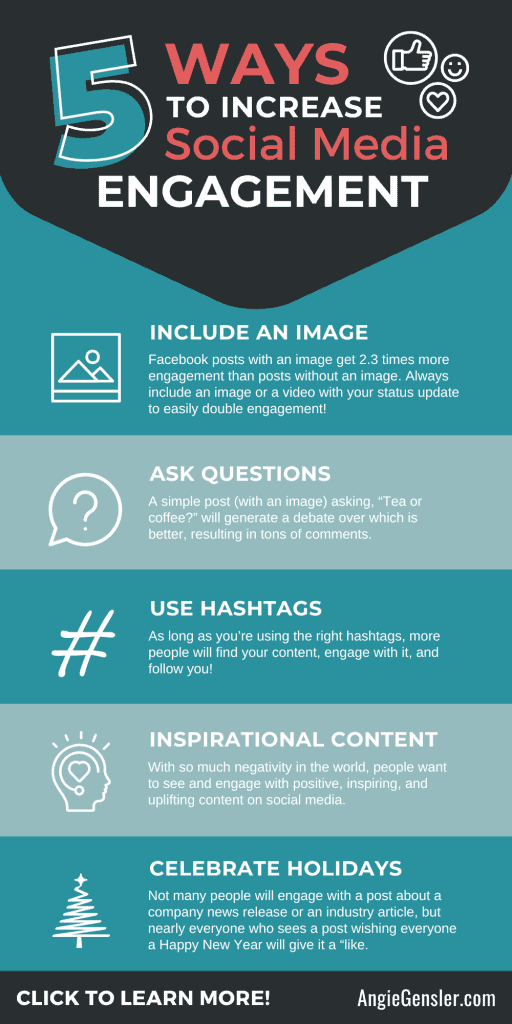Introduction
Welcome to our guide on increasing social media engagement for your brand. In today’s digital age, having a strong presence on your social media engagement and get people talking about your brand. Let’s dive in!
1. Create High-Quality Content

Creating high-quality content is the foundation of any successful social media strategy. Your content should be valuable, relevant, and engaging to your target audience. Here are some key tips on how to create content that stands out:
- Know Your Audience: Before you start creating content, it’s essential to understand your target audience’s preferences, interests, and pain points. This knowledge will guide your content creation process.
- Consistency is Key: Maintain a consistent posting schedule to keep your audience engaged. Whether you choose to post daily, weekly, or monthly, consistency helps build trust and anticipation among your followers.
- Use Visuals: Visual content, such as images and videos, tends to perform exceptionally well on social media. Use high-quality visuals that are relevant to your brand and message.
- Create Compelling Captions: Captions are an integral part of your content. Craft captions that are informative, witty, or emotional, depending on your brand’s tone and the message you want to convey.
- Educational Content: Share informative and educational content that provides value to your audience. How-to guides, tutorials, and tips related to your industry or niche can help position your brand as an expert.
- Storytelling: Narratives can captivate your audience’s attention. Share stories that resonate with your brand’s values and mission, creating a personal connection with your followers.
Additionally, you can use analytics tools provided by social media platforms to track the performance of your content. Analyze which types of posts generate the most engagement, and adjust your content strategy accordingly.
| Day | Content Type | Engagement |
|---|---|---|
| Monday | Product Spotlight | High |
| Wednesday | How-to Tutorial | Medium |
| Friday | Customer Testimonials | High |
Remember, creating high-quality content is an ongoing process that requires continuous improvement. Listen to your audience’s feedback, stay up to date with industry trends, and refine your content strategy accordingly. By consistently delivering valuable content, you’ll increase engagement and get more people talking about your brand.
2. Utilize Visual Content

Visual content is a powerful tool for boosting social media engagement. In a world filled with information overload, eye-catching visuals can quickly capture your audience’s attention and convey your message effectively. Here’s how you can harness the power of visual content:
- Stunning Images: High-resolution images related to your brand, products, or services can make your social media posts visually appealing. Use professional photography or graphic design to create compelling visuals.
- Infographics: Infographics are excellent for presenting data, statistics, or complex information in a visually digestible format. Use bold colors and clear typography to make your infographics stand out.
- Engaging Videos: Videos are a dominant form of content on social media. Create short, attention-grabbing videos that tell a story, demonstrate a product, or share behind-the-scenes glimpses of your brand.
- Live Streams: Live streaming is an interactive way to engage with your audience in real-time. Host live Q&A sessions, product launches, or interactive workshops to connect with your followers directly.
- Carousel Posts: Platforms like Instagram allow you to create carousel posts, where users can swipe through multiple images or videos in a single post. This format is ideal for showcasing a product line or sharing a step-by-step guide.
- User-Generated Content (UGC): Encourage your followers to create content related to your brand. Share user-generated content with proper attribution to build trust and show appreciation for your community.
Visual content should align with your brand’s identity and message. Consistency in style, colors, and branding elements helps reinforce your brand’s recognition and credibility.
| Visual Element | Tips |
|---|---|
| Images | Use high-quality images, maintain a consistent style, and ensure they relate to your brand’s narrative. |
| Videos | Create concise and engaging videos, optimize for mobile viewing, and include subtitles for accessibility. |
| Live Streams | Promote live events in advance, interact with viewers, and save the stream for later viewing. |
Regularly analyze the performance of your visual content using insights provided by social media platforms. Pay attention to metrics such as likes, shares, comments, and click-through rates to determine which types of visual content resonate most with your audience. By incorporating visual content effectively, you’ll increase engagement and leave a lasting impression on your audience.
3. Engage with Your Audience
Engaging with your audience is a fundamental aspect of building a strong social media presence. When you actively interact with your followers, it fosters a sense of community, trust, and loyalty. Here’s how to effectively engage with your audience:
- Respond to Comments: Take the time to reply to comments on your posts. Whether it’s a simple “thank you” or addressing questions, responding shows that you value your audience’s input.
- Ask Questions: Encourage engagement by asking open-ended questions in your posts. For example, you can ask for opinions, recommendations, or personal experiences related to your brand or industry.
- Host Contests and Giveaways: Contests and giveaways are a fun way to interact with your audience and reward their loyalty. Ensure that participants engage with your content by liking, sharing, or tagging friends.
- Share User-Generated Content (UGC): As mentioned earlier, showcasing UGC not only builds trust but also engages your audience. Repost content created by your followers and express gratitude for their support.
- Utilize Polls and Surveys: Social media platforms offer features like polls and surveys. Use them to gather feedback, conduct market research, or let your audience make decisions related to your brand.
- Host Q&A Sessions: Periodically host live or pre-recorded Q&A sessions to address common questions or concerns. It’s an excellent opportunity to showcase your expertise and connect with your audience.
Engaging with your audience requires genuine interaction. Avoid generic or automated responses, as they can come across as insincere. Show appreciation for your followers’ support and listen to their feedback to improve your brand’s offerings.
| Metric | Importance |
|---|---|
| Likes and Reactions | Indicates overall interest in your content. |
| Comments | Reflects direct engagement and interaction with your posts. |
| Shares and Retweets | Demonstrates your content’s value and reach within your audience’s networks. |
| Direct Messages | Private communication that often indicates a high level of engagement and interest. |
Remember that engagement is a two-way street. Engage with your audience not only to promote your brand but also to genuinely connect with them. By building meaningful relationships and fostering a sense of community, you’ll inspire more people to talk about your brand and become loyal advocates.
4. Use Hashtags Strategically
Strategic use of hashtags can significantly amplify the reach and discoverability of your social media content. Hashtags help categorize your posts and connect them with relevant conversations. Here’s how to use hashtags effectively:
- Research Relevant Hashtags: Before creating content, research popular and relevant hashtags within your niche or industry. Tools like Hashtagify and Instagram’s Explore feature can help you discover trending hashtags.
- Use Branded Hashtags: Create unique hashtags specific to your brand or campaigns. Branded hashtags can help you track user-generated content related to your brand and encourage others to join the conversation.
- Mix Trending and Niche Hashtags: Incorporate a combination of trending and niche-specific hashtags in your posts. Trending hashtags can expose your content to a broader audience, while niche hashtags connect you with a more targeted audience.
- Limit the Number of Hashtags: While some platforms allow for a large number of hashtags, it’s best to keep it concise. Research suggests that engagement is highest on Instagram with 5-15 hashtags per post.
- Use Hashtags in Stories: If applicable to the platform, add relevant hashtags to your stories. This increases the discoverability of your stories in hashtag-based feeds.
- Monitor Hashtag Performance: Regularly check the performance of your posts with different hashtags. Pay attention to which hashtags generate the most engagement and refine your strategy accordingly.
Strategic hashtag usage varies from one social media platform to another. For example, Instagram and Twitter are hashtag-friendly platforms, while others like LinkedIn and Facebook are more selective. Research the specific hashtag etiquette for each platform you use.
| Hashtag Type | Examples |
|---|---|
| Trending | #ThrowbackThursday, #MotivationMonday, #FashionFriday |
| Niche | #PlantLovers, #TechInnovation, #HealthyEating |
| Branded | #YourBrandName, #YourCampaignName |
Remember that the goal of using hashtags is not just to gain visibility but also to engage with a relevant audience. Engage in conversations, like and comment on posts under relevant hashtags, and encourage others to interact with your content by using the same hashtags. With a strategic approach to hashtags, you can increase your social media engagement and get more people talking about your brand.
5. Collaborate with Influencers
Collaborating with influencers can be a game-changer for increasing your social media engagement and brand visibility. Influencers have dedicated followings who trust their recommendations, making them valuable partners for promoting your brand. Here’s how to effectively collaborate with influencers:
- Identify the Right Influencers: Research and identify influencers whose audience aligns with your target demographic. Consider factors like follower count, engagement rate, and the influencer’s niche expertise.
- Reach Out Strategically: Craft personalized outreach messages to influencers expressing your interest in collaborating. Be clear about your expectations, goals, and what you can offer in return, whether it’s payment, products, or exposure.
- Create Engaging Campaigns: Collaborate with influencers to design creative and engaging campaigns. Influencers can create content that highlights your brand’s products or services in an authentic and relatable way.
- Track and Measure: Use analytics tools to track the performance of influencer campaigns. Monitor metrics such as likes, shares, comments, and the overall reach of influencer-generated content.
- Long-Term Relationships: Consider building long-term relationships with influencers rather than one-off partnerships. Long-term collaborations can result in a more authentic and sustained connection with their audience.
- Disclose Sponsored Content: Ensure that influencers clearly disclose sponsored content in accordance with relevant advertising guidelines and regulations. Transparency is key to maintaining trust with the audience.
Collaborations with influencers can take various forms, including sponsored posts, product reviews, takeovers, and giveaways. The choice of collaboration type should align with your campaign goals and the influencer’s strengths.
| Collaboration Type | Description |
|---|---|
| Sponsored Posts | Influencers create content featuring your brand and share it with their audience, usually for a fee. |
| Product Reviews | Influencers review and provide feedback on your products or services, offering authentic insights to their followers. |
| Takeovers | Influencers temporarily manage your brand’s social media accounts, providing a fresh perspective and engaging with your audience directly. |
| Giveaways | Influencers host contests or giveaways featuring your products, encouraging user participation and engagement. |
Collaborating with influencers can significantly increase your brand’s social media engagement, expand your reach, and build credibility within your industry. It’s essential to choose influencers who resonate with your brand values and can authentically promote your products or services. When executed well, influencer collaborations can generate buzz and get more people talking about your brand.
Every 15th of the month is payday for social media marketing
1 $egld
24/7 bonus money 💰 happens regardless pic.twitter.com/SsbENcuKAg
— x Saint James ⚡️ ✘Night Oct 20 (@kingjimmyc) October 4, 2023
FAQ
Here are some frequently asked questions about increasing social media engagement and getting more people talking about your brand:
- What social media platforms should I focus on?
The choice of social media platforms should align with your target audience. Conduct research to identify where your audience is most active, and prioritize those platforms for your engagement efforts. - How often should I post on social media?
Posting frequency varies by platform and audience. Aim for consistency rather than overloading your audience with content. It’s better to maintain a steady posting schedule that you can sustain. - What metrics should I track to measure engagement?
Key engagement metrics include likes, comments, shares, click-through rates, and follower growth. Analyze these metrics to assess the effectiveness of your social media strategies. - How can I encourage user-generated content?
Encourage user-generated content by running contests, creating branded hashtags, and actively engaging with your audience. Acknowledge and share user-generated content to motivate others to participate. - What is the role of storytelling in social media engagement?
Storytelling humanizes your brand and helps connect with your audience on a deeper level. Share authentic stories that align with your brand’s values and mission to engage and resonate with your followers. - Do I need to use paid advertising on social media?
While organic strategies are important, paid advertising can boost your reach and engagement significantly. Consider allocating a budget for targeted ads to reach a broader audience. - How do I find and approach influencers for collaboration?
Research influencers within your niche using social media platforms and influencer marketing tools. Reach out to them with a personalized message, explaining your collaboration proposal and benefits. - What are the best practices for using hashtags?
Use a mix of trending and niche hashtags, keep the number of hashtags concise, and ensure they are relevant to your content. Research and adapt your hashtag strategy based on platform-specific guidelines.
Feel free to explore these answers and tailor your social media engagement strategies to best suit your brand’s unique goals and audience.
Conclusion
In conclusion, increasing your social media engagement and getting more people talking about your brand is a multifaceted process that requires a strategic approach. By implementing the following strategies:
- Create High-Quality Content: Focus on delivering valuable and consistent content that resonates with your audience.
- Utilize Visual Content: Leverage the power of visual elements, such as images and videos, to captivate your audience.
- Engage with Your Audience: Foster meaningful connections with your followers by actively participating in conversations and responding to their feedback.
- Use Hashtags Strategically: Incorporate relevant and trending hashtags to increase the discoverability of your content.
- Collaborate with Influencers: Partner with influencers to expand your reach and build credibility within your industry.
You can create a strong online presence, enhance brand visibility, and encourage more people to talk about your products or services. Remember that social media engagement is an ongoing effort, and it requires adaptability and consistency.
Regularly assess the performance of your strategies, analyze data, and adjust your approach based on your findings. By staying attuned to your audience’s preferences and continuously optimizing your social media efforts, you’ll be well on your way to achieving your engagement goals and making your brand a topic of conversation.

